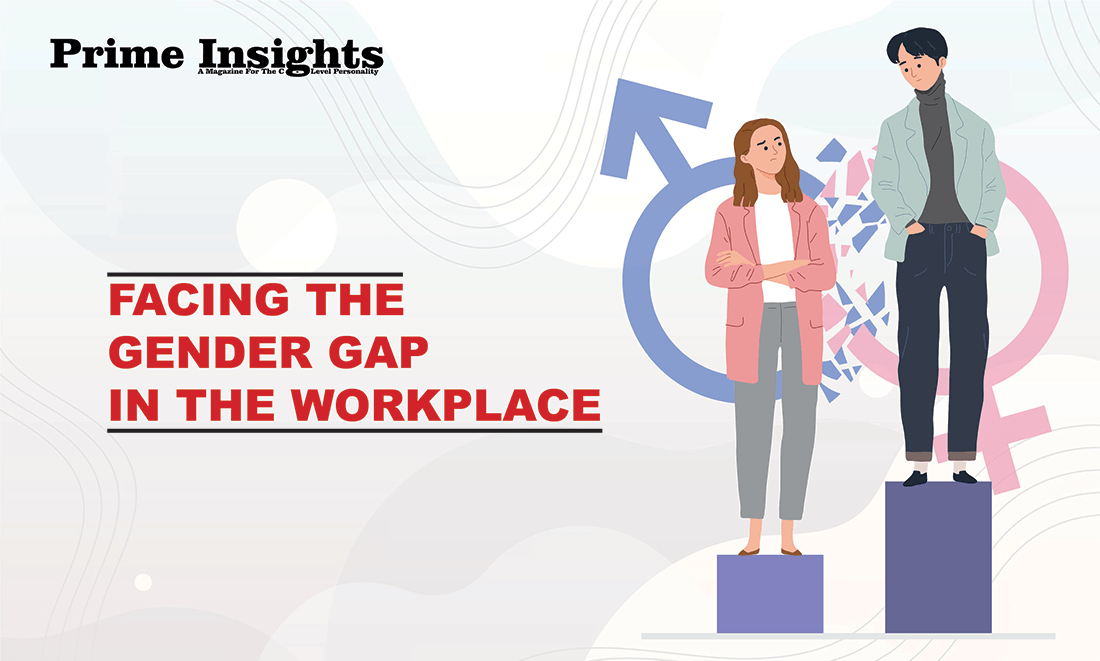The goal of many businesses is to have an equally diverse staff. There remains a significant workplace disparity in India despite years of progressive measures. Several businesses, governmental agencies, and employees have worked together in recent years to solve issues such as pay gaps and workplace gender inequality.
The group also treats men and women equally. Companies need to understand their obligations to employees and the present gender imbalance in workplace regulations since it is one of the fundamental issues in modern business. We will try to cover all the information you want on the gender gap in the workforce from the outset.
What Is the Meaning of Gender Inequality?
Businesses that support gender equality treat men and women equally. A company may disregard certain effects of gender diversity in the workplace due to ingrained corporate culture, individual views, or legal ambiguities. Your company must understand that appropriate business etiquette is necessary to ensure that men and women are treated equally at work. If the following were done, the gender wage gap in the workplace might be lessened.
- Comparable jobs with similar pay and benefits.
- Everyone has the opportunity for progress and promotion.
- Discrimination against workers because of their gender identity or gender reassignment is unacceptable.
Workplace Gender Disparity in 2022
There are other signs of gender discrimination in the workplace besides pay disparities. Women and women of color confront many challenges, especially black women, women who identify as LGBTQ+, and women of color who want to hold leadership positions. Racial, ethnic, and gender microaggressions often target women of color.
Women seek equal possibilities for professional advancement and safety against workplace prejudice and misunderstanding. Transparent remuneration, flexible scheduling, pleasant workplace conversation, training opportunities for women, and a focus on mental health and well-being may all help achieve this aim. By forming coalitions, denouncing prejudice, and giving management open feedback, employees may advance gender equality.
Sexual harassment, racism, uneven pay, and unequal promotions are all signs of gender inequality in the workplace. There are subtle signs of this, such as fewer opportunities for mothers and higher rates of female burnout.
What are some ways you encourage gender equality at work?
Suppose a corporation solely hires or trains one gender for a critical role. In that case, that organization may be unfairly biased by gender. Employees may worry about sexual harassment or unfair treatment when expecting a child or raising a family.
The following are some strategies to advance gender equality and effective relationship management at work:
1. Through instruction, raise awareness and ethical behavior.
Showcase the accomplishments of powerful women working for your company internally and outside. Ask more experienced women to teach younger women or understand the traits of generation Z.
Ensure managers fully adhere to the laws governing fair compensation and work-life balance.
Why is workplace gender equality so crucial? Ensuring a fair workplace ensures that a company’s efficiency is as high as practical. It ensures that the country’s economy will grow. Unfair obstacles do not hamper the nation’s progress.
- Look at your job descriptions to determine any barriers preventing women from advancing to more senior roles.
- Pay yourself upfront. Make sure that in small and medium-sized companies with less than 250 employees, women are not paid less than men for comparable employment.
- Encourage equitable work-life balance for men and women.
- All employees need mentorship and training on modern subjects like gen Y qualities.
- To stop harassment in your workplace, develop a policy against it.
- Broaden the interview panel’s demographics and increase the number of top post contenders.
According to research, when faced with a long list of candidates for open positions, recruiters are forced to go past the gender assumptions connected to a post. Ensure your human resources managers are educated to develop lengthier shortlists when hiring, especially for roles where men predominate, to increase the number of women hired for senior positions. Make sure the interviewers are diverse while conducting interviews and evaluating applications.
2. Conduct a salary audit and make pay observable.
To ensure equal pay for men and women, conduct a company-wide audit. Address any pay inequities, such as the gender pay gap, and adjust salaries as necessary.
3. Give employees greater freedom concerning scheduling.
Due to the pandemic, remote work is now just as productive as on-site labor. Flexible work schedules enable women to maintain their jobs by enabling a balance between their professional and personal lives. Avoiding presenteeism is essential to your organization’s hybrid strategy since men who attend office hours are often more visible and get disproportionate rewards.
4. Organize and provide mentorship for female employees
Women are disproportionately affected by COVID-19, and coaching enables them to advance and stay in the workforce. Women and men do not have equal access to coaching, however.
Women should get regular coaching to help them develop the attitudes and abilities required for success, especially in leadership positions. They may develop inclusive leadership skills, raise self-awareness, and improve the overall employee experience thanks to the coaching sessions.



Comments are closed.